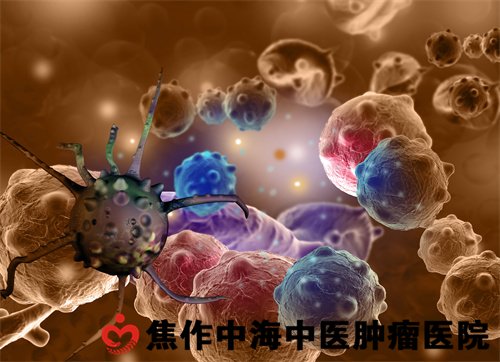
August 16, 2023
Although the histopathology of breast cancer varies greatly, the sonogram of breast cancer has some common features, including: (1) the solid mass in breast tissue is mainly hypoechoic, a few are isoechoic or mixed echo; (2) the shape of the mass is irregular, showing approximate round, irregular spherical, twisted tube, etc., and most of the masses whose diameter is smaller than 1cm are nodular. (3) the boundary of some masses can be clear, lobulated, most of the masses are not clear, showing "spiculation" or "crab foot", or infiltrating growth to break through the false capsule; (4) most of the masses are hypoechoic, uneven echoes, strong spots like sand and gravel can be seen, some are scattered, and some are arranged in clusters; 5, the echo attenuation behind the mass; 6, the anterior and posterior diameter of the mass is larger than the transverse diameter, that is, the aspect ratio > 1. 7CDFI: abundant blood flow signals could be detected inside and around the mass, and the blood vessels were different in thickness and distorted in shape. Some of the nutrient arteries penetrated into the tumor. The blood flow was characterized by high speed and high resistance (RI > 0.65). 8 enlarged lymph nodes can be seen in the axilla of the affected side, which is characterized by full or irregular shape, unclear boundary, partial fusion, unclear structure of cortex and medulla, eccentric changes of lymphatic hilum, and rich blood flow signals in lymph nodes. 93D imaging showed that the hypoechoic edge of the tumor showed a "convergence sign", varying in thickness and length, and the proximal thick and distal thin burr-like low echo extended to the surrounding normal tissue. 10 Ultrasonic elastography showed that the elastic score of malignant tumor was more than 3. Breast cancer is highly suspected if there are more than 3 ultrasonographic features.

According to the difference of elastic coefficient between tumor and surrounding normal tissue, ultrasonic elastography shows these different strains by color coding according to the difference of elastic coefficient between tumor and surrounding normal tissue under the action of external pressure. to distinguish the elastic size of the diseased tissue, that is, the hardness of the tumor, in order to identify the nature of the tumor.
At present, most manufacturers use the change of color coding from red to blue to indicate the change of tissue from soft to hard in the lesion area, green indicates the average hardness in the region of interest, red area indicates that the tissue hardness is lower than the average hardness, and the blue area indicates that the tissue hardness is higher than the average hardness, and the score is 1-5 points. The green coverage of the lesion area and the surrounding tissue was 1 point, the blue-green mixture in the lesion area was 2 points, the blue color in the lesion area was mainly blue, and the surrounding green was 3 points, and the lesion area was completely blue covering 4 points. The lesion area is completely covered in blue, and a small part of the tissue around it is also blue for 5 points.